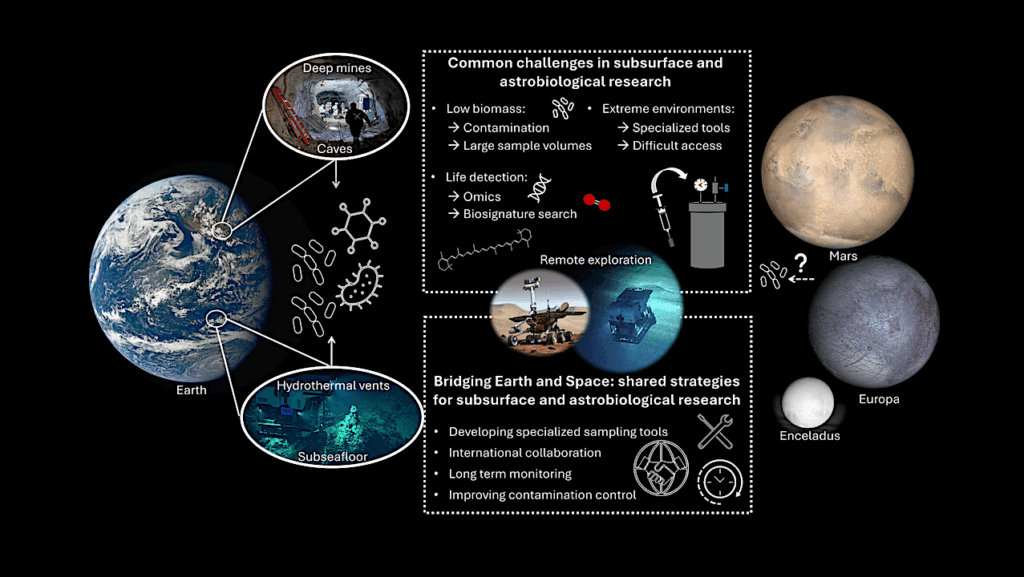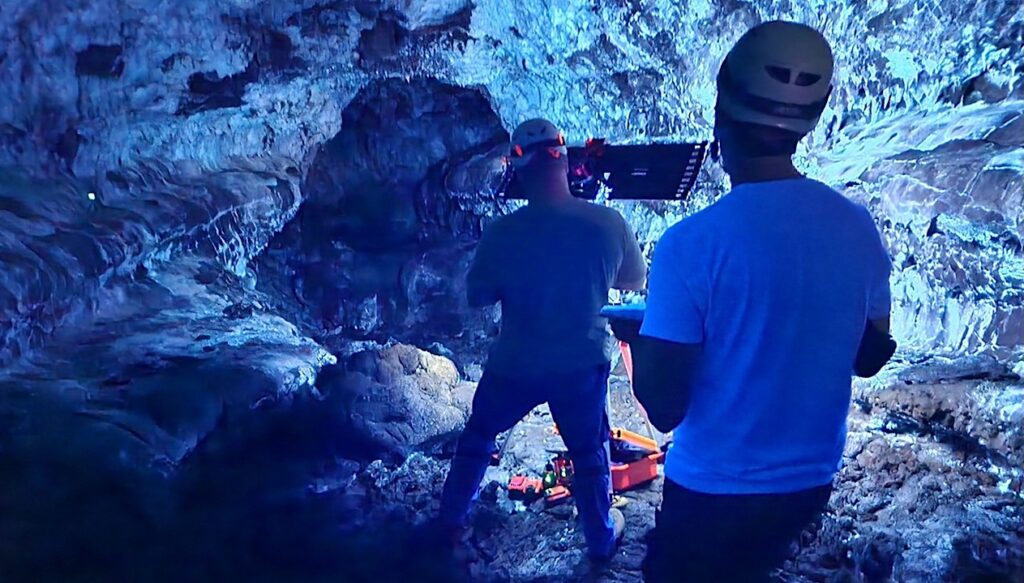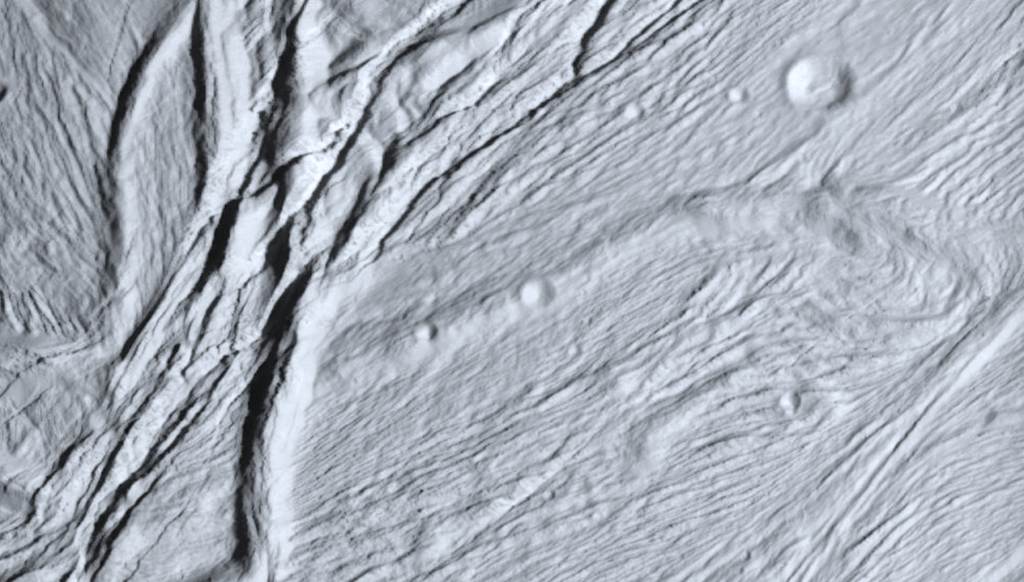Away Teams On Earth: Biosignatures From Feathers Reveal Traces Of Ancient Dinosaur Proteins
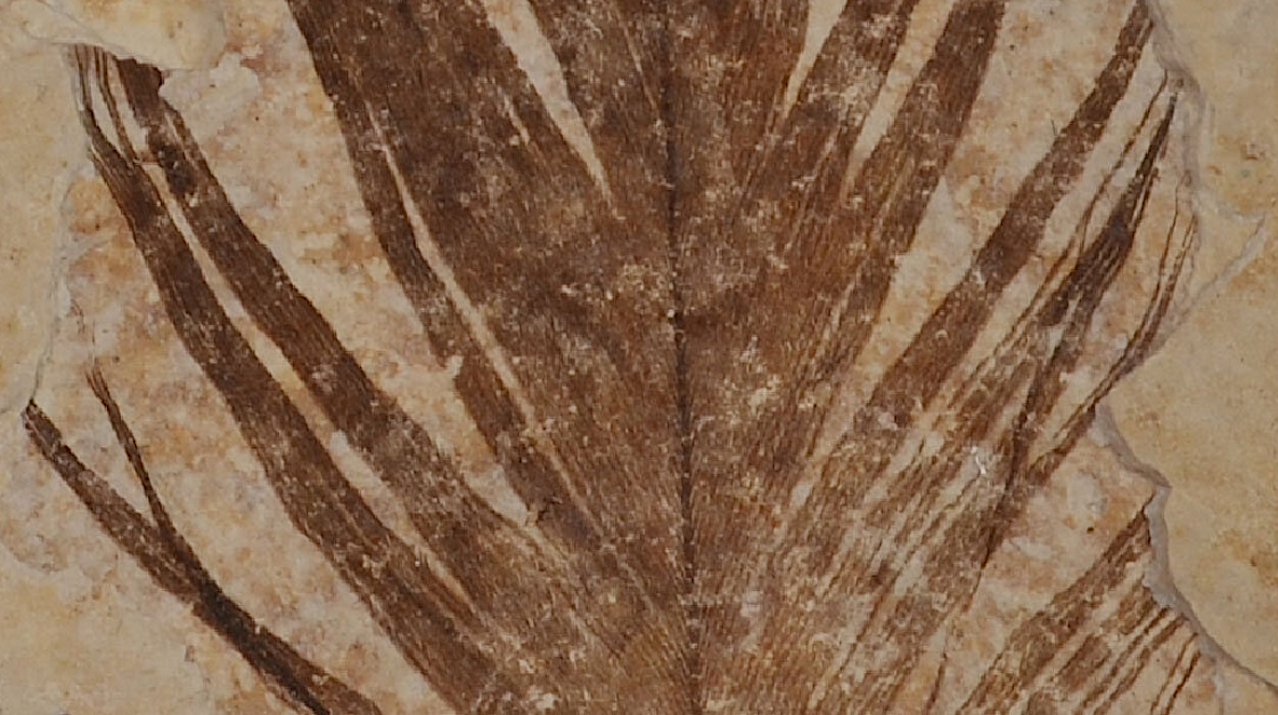
Editor’s note: we currently have three rovers on Mars – and other in orbit – searching in one way or another for biosignatures – chemical and/or geological traces that life has left behind – if there ever was (or perhaps stillis) life on Mars. Some of these indicators may point to environments wherein life (as we know it) would have found habitable conditions. In some cases life leaves behind fossils- mineralized versions of structures that were once biological. Often times, the fossilization process can preserve organic substances well enough that we can derive information about the organism that once contained them. Proteins, nucleic acid components, and other materials preserved in fossils found on Earth can now provide exquisite indications of a wide range of ancient life’s characteristics. It is not unrealistic to suggest that life on Mars – inhabiting environments similar to those found on Earth – could have left fossils behind. After all, we’ve found microfossils of early life forms billions of years old here on Earth. Earth is an analog for what we might find on Mars.
Palaeontologists at UCC have discovered X-ray evidence of proteins in fossil feathers that sheds new light on feather evolution.
Previous studies suggested that ancient feathers had a different composition to the feathers of birds today. The new research, however, reveals that the protein composition of modern-day feathers was also present in the feathers of dinosaurs and early birds, confirming that the chemistry of feathers originated much earlier than previously thought.
The research, published in Nature Ecology and Evolution, was led by palaeontologists Dr Tiffany Slater and Prof. Maria McNamara of UCC’s School of Biological, Earth, and Environmental Science, who teamed with scientists based at Linyi University (China) and the Stanford Synchrotron Radiation Lightsource (USA).
The team analysed 125-million-year-old feathers from the dinosaur Sinornithosaurus and the early bird Confuciusornis from China, plus a 50-million-year-old feather from the USA.

A graphical abstract based on paper by Slater et al., 2003 — University College Cork
“It’s really exciting to discover new similarities between dinosaurs and birds,” Dr Slater says. “To do this, we developed a new method to detect traces of ancient feather proteins. Using X-rays and infrared light we found that feathers from the dinosaur Sinornithosaurus contained lots of beta-proteins, just like feathers of birds today.”
To help interpret the chemical signals preserved in the fossil feathers, the team also ran experiments to help understand how feather proteins break down during the fossilization process.
“Modern bird feathers are rich in beta-proteins that help strengthen feathers for flight,” Dr Slater says.

Feather Fossils — University College Cork
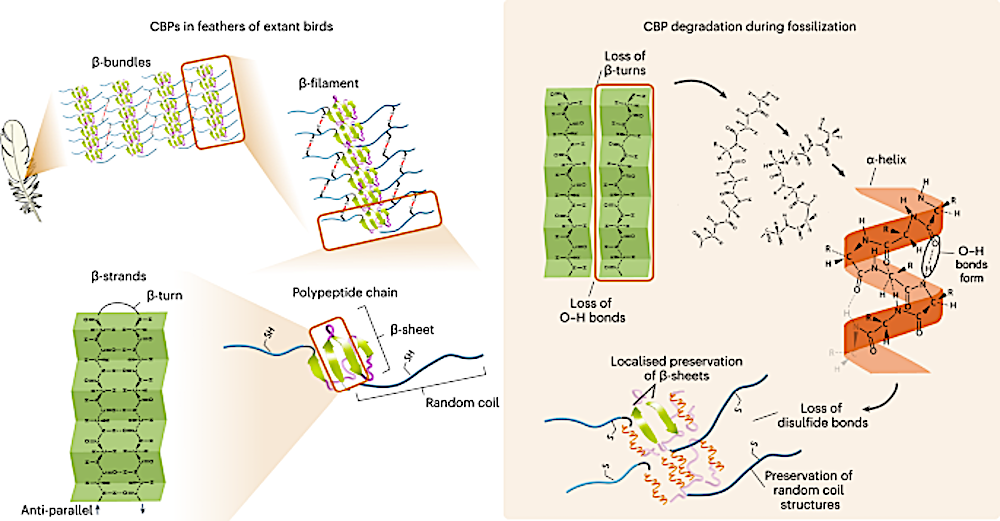
Fossilization process – University College Cork
“Previous tests on dinosaur feathers, though, found mostly alpha-proteins. Our experiments can now explain this weird chemistry as the result of protein degradation during the fossilization process. So although some fossil feathers do preserve traces of the original beta-proteins, other fossil feathers are damaged and tell us a false narrative about feather evolution.”
This research helps answer a long-standing debate about whether feather proteins, and proteins in general, can preserve in deep time.
Prof. Maria McNamara, senior author on the study, said
“Traces of ancient biomolecules can clearly survive for millions of years, but you can’t read the fossil record literally because even seemingly well-preserved fossil tissues have been cooked and squashed during fossilization. We’re developing new tools to understand what happens during fossilization and unlock the chemical secrets of fossils. This will give us exciting new insights into the evolution of important tissues and their biomolecules. “
For more on this story contact:
Slater, T.S., Edwards, N.P., Webb, S.M. et al. Preservation of corneous β-proteins in Mesozoic feathers. Nat Ecol Evol (2023). https://doi.org/10.1038/s41559-023-02177-8
Astrobiology, Biosignatures,


